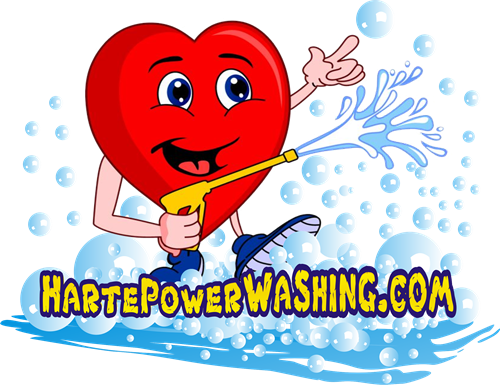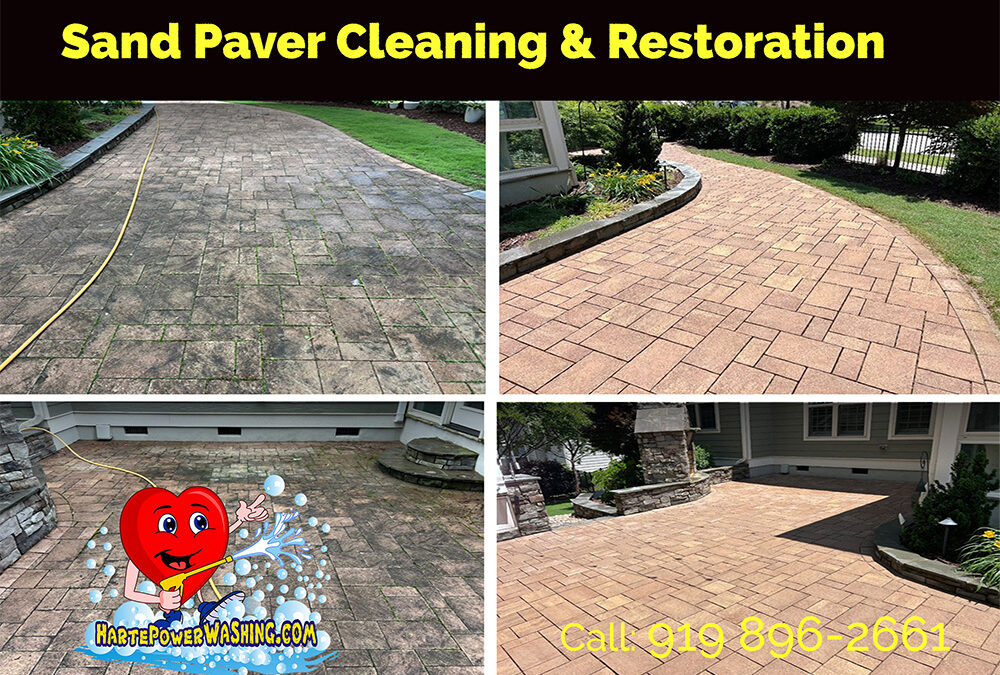Sand pavers add beauty, durability, and curb appeal to your outdoor spaces like driveways, patios, and walkways. Over time, however, dirt, algae, moss, and grime can build up on these surfaces, making them look dull and worn. Pressure washing is an effective way to restore the original look of sand pavers—but it must be done carefully to avoid damaging the surface or dislodging the sand that stabilizes them.
Benefits of Pressure Washing Sand Pavers
- Improved Aesthetic Appeal: Pressure washing removes years of built-up dirt, stains, and organic matter. Clean pavers instantly boost the look of your home or property, enhancing curb appeal.
- Weed and Moss Removal: Moss and weeds often grow in the joints between pavers. Pressure washing dislodges and removes these growths, helping to prevent future regrowth when followed by proper sand reapplication and sealing.
- Longer Lifespan: Regular cleaning prevents the accumulation of harmful contaminants that can degrade the surface of pavers over time, extending the life of your hardscaping investment.
- Safety Improvement: Algae and mold make pavers slippery, especially when wet. Cleaning reduces the risk of slips and falls, creating a safer walking surface.
How Pressure Washing Sand Pavers Is Done
The key to successful pressure washing is using the right technique and tools. A pressure washer rated between 1,500 and 2,000 PSI is ideal for cleaning pavers without damaging them.
- Clear the Area: Remove furniture, debris, and loose objects. Sweep the area to remove surface dirt.
- Pre-Treatment: Apply a biodegradable cleaner or degreaser if there are tough stains or organic growth. Let it sit for several minutes.
- Pressure Washing: Using a wide-angle nozzle (typically 25° or 40°), wash the pavers evenly, starting from the highest point and working downward. Keep the nozzle 6–12 inches above the surface and use overlapping strokes to ensure even cleaning.
- Joint Sand Loss Management: Expect that some joint sand will be removed during pressure washing. After the pavers dry, reapply polymeric or joint sand to the seams and sweep it into the joints. A plate compactor may be used to settle the sand more evenly.
- Sealing (Optional): Once dry, a sealer can be applied to protect pavers from stains and future weed growth. This step enhances durability and helps maintain the clean appearance longer.
Risks of Doing It Wrong
Improper pressure washing can do more harm than good. Using too high of a PSI or holding the nozzle too close can cause surface etching or cracking of the pavers. Uneven pressure or narrow-tip nozzles can leave visible streaks or gouges. One of the biggest mistakes is failing to replace lost joint sand, which can lead to shifting pavers, erosion, and weed regrowth. If left unsealed after cleaning, the pavers may become more porous and prone to staining.
Pressure washing sand pavers is an effective maintenance technique—but only when done correctly. For homeowners or property managers seeking the best results, hiring a professional pressure washing service can ensure your pavers are cleaned safely and thoroughly, protecting both appearance and longevity.
Ready to make your sand pavers look like new again?
📞 Need Your Sand Pavers cleaned and restored or if you just have some questions, give Harte Powerwashing a call: 919-896-2661 or book online at HartePowerWashing.com


